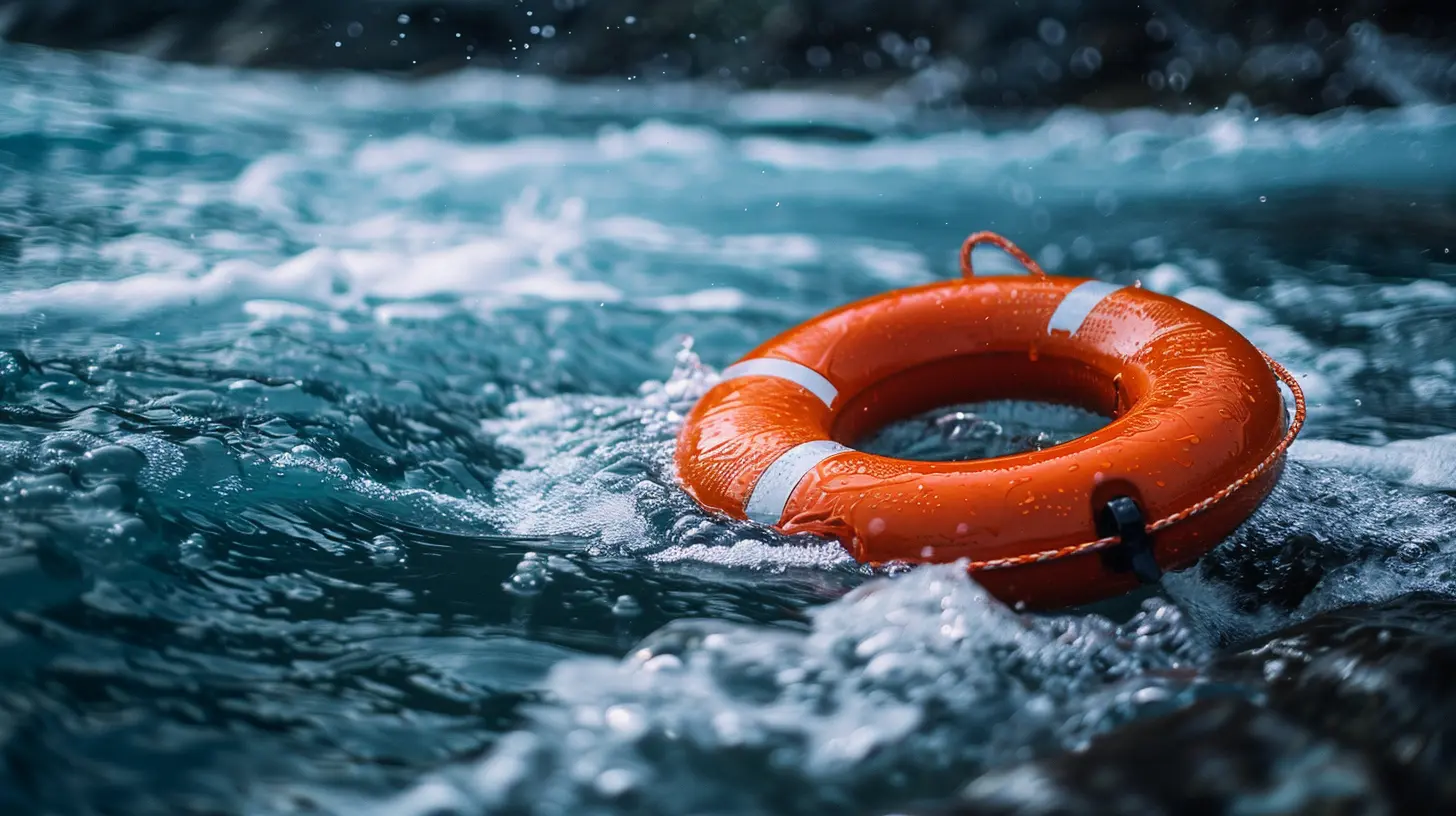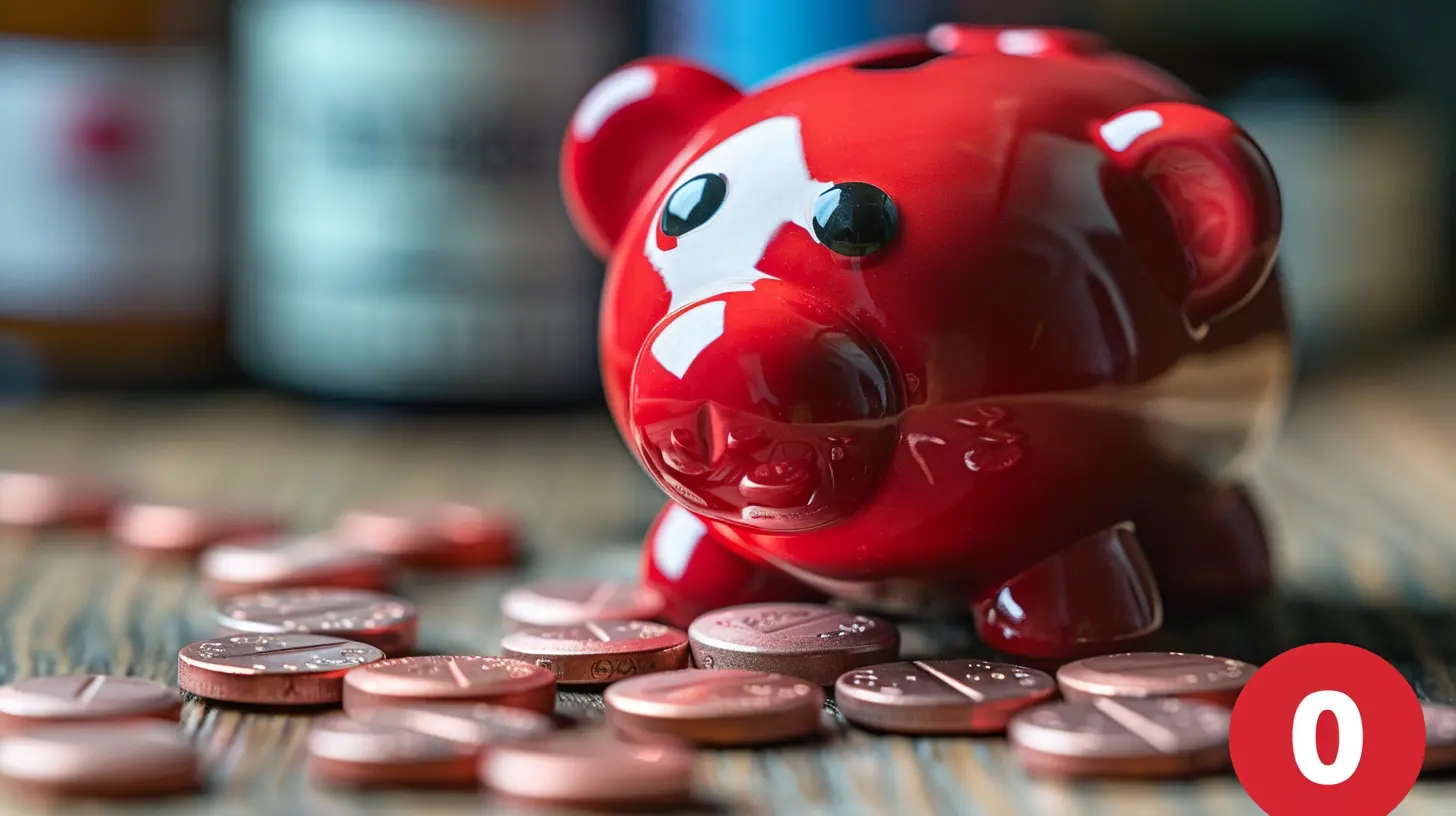Emergency Fund Mistakes to Avoid at All Costs
4 July 2025
Let’s be real for a second—life loves to throw curveballs. You might be cruising through your routine, feeling like you've got things under control, and then BAM! Your car breaks down, your pet needs emergency surgery, or worse, you suddenly lose your job. That’s where an emergency fund becomes the unsung hero of your financial life.
But just having an emergency fund isn’t enough. There’s a right way and a wrong way to build, manage, and use it. And trust me, the wrong way? It can leave you stuck when you need that money the most.
In this article, we’re going to walk through the most common emergency fund mistakes to avoid at all costs. So grab your favorite drink, get comfy, and let’s dive in.
What Is an Emergency Fund (And Why It Matters)?
Okay, quick refresher. An emergency fund is a stash of money set aside specifically for unexpected expenses—think medical emergencies, job loss, urgent home repairs. It’s not vacation money. It’s “I didn’t see that coming” money.Having an emergency fund gives you breathing room. It keeps you from reaching for a credit card or digging a financial hole that takes years to climb out of. It’s peace of mind in a savings account.
But here’s the kicker—if you’re not careful, the way you handle your emergency fund can completely defeat its purpose.
Mistake #1: Not Having an Emergency Fund at All
Sounds obvious, right? But this is one of the biggest slip-ups people make. Life's going well, there's a little extra cash in the account, and the temptation to spend is strong. You tell yourself, "I'll start saving for emergencies next month."Stop. Right. There.
Waiting for the “perfect moment” to start saving is like waiting for the stars to align before hitting the gym. That day might never come. Even $20 a week adds up. The key is just to start.
Don’t let perfection get in the way of progress.
Mistake #2: Underestimating How Much You Need
Here's the thing—most people think $500 or $1,000 is enough. Don't get me wrong, it's a solid start. But let’s be honest, a flat tire and one ER visit can wipe that out instantly.A better rule of thumb? Aim for three to six months’ worth of essential expenses. If you're a freelancer or your income isn't steady, lean towards the six-month mark. That includes rent or mortgage, groceries, utilities, insurance, and minimum debt payments.
It might sound like a lot, but building it bit by bit makes it totally doable.
Mistake #3: Keeping It Too Accessible (Or Not Accessible Enough)
Where exactly is your emergency fund sitting? If it’s in your checking account, spoiler alert: it’s gonna get spent. That money is too easy to tap into when you're tempted by a new gadget or a weekend trip.On the flip side, if it's tied up in long-term investments or a certificate of deposit (CD), it might be hard or expensive to access in a pinch.
The sweet spot? A high-yield savings account. It earns interest, it’s separate from your daily money, but it’s still easy to get to when life hits you with the unexpected.
Mistake #4: Dipping Into It for Non-Emergencies
Let’s get one thing straight. A last-minute concert ticket is not an emergency. Neither is a spontaneous trip or snagging that “unbeatable” deal online.An emergency fund has one job—handling real emergencies. You’ve got to draw a very clear line between "I want it" and "I absolutely need it."
Before touching your emergency fund, ask yourself:
- Is this urgent?
- Is it unexpected?
- Is it necessary?
If it’s not all three, walk away. You’ll thank yourself later.
Mistake #5: Not Rebuilding It After You Use It
Used your emergency fund? First of all—good job. That’s what it’s there for. But here’s the part most people forget: you have to refill the tank after a storm.Once you’ve stabilized your situation, make it a priority to build that safety net back up. Even if it takes time, that consistency is key. Don’t let one emergency leave you exposed to the next one.
Mistake #6: Forgetting to Adjust It as Life Changes
Life isn’t static, and your emergency fund shouldn’t be either. Got a new baby? Bought a house? Changed jobs? Your expenses have changed—and so should your emergency stash.Make it a habit to check in with your emergency fund once or twice a year. Just like an annual physical, it’s a way to make sure everything's still healthy and sufficient.
Mistake #7: Thinking of It as an Investment Account
We get it—saving money can feel boring when you’re seeing flashy returns from stocks, crypto, and all the rest. But here’s the deal: your emergency fund is not meant to grow your wealth; it’s meant to protect it.This isn’t the place for risk. Parking your emergency fund in stocks may earn you returns—but it could also lose value right when you need it the most.
Think of your emergency fund as the financial equivalent of a fire extinguisher. You don’t expect to use it often, but when you do, it better work instantly.
Mistake #8: Forgetting About Inflation
Inflation is that sneaky little thief that slowly chips away at the value of your money. If your emergency fund has been sitting in a regular old savings account earning next to nothing, you’re losing purchasing power.Solution? Move your fund to a high-yield savings account. There are plenty of online options offering competitive rates that at least help your money keep up with inflation a little better.
Mistake #9: Relying on Credit Cards Instead
Some folks skip the whole emergency fund idea because they figure credit cards will cover them. Sounds convenient, but it’s risky.Sure, swiping a card is easy, but the aftermath? High-interest rates and a deep financial hole that can take years to crawl out of.
Your emergency fund should always be your first line of defense. Credit cards? That's your backup to the backup—not your Plan A.
Mistake #10: Thinking "It Won't Happen to Me"
This one’s the toughest pill to swallow. We all want to believe that we’ll stay healthy, our job is secure, and nothing major will go wrong.But life doesn’t work on optimism. It works on preparation.
Think of your emergency fund like a seatbelt. You don’t strap in because you expect to crash—you do it just in case. Financially, it’s the same idea.
How to Start (Or Fix) Your Emergency Fund Today
Maybe you’re realizing you’ve made one—or a few—of these mistakes. That's okay. The whole point of this article is to help you course-correct before it’s too late.Here’s a simple game plan:
1. Open a separate high-yield savings account just for emergencies.
2. Set a realistic goal—start with $1,000, then build to 3–6 months of expenses.
3. Automate your savings. Set up a monthly or bi-weekly transfer. Even $25 counts!
4. Avoid temptation. Don’t use this fund unless it’s a real emergency.
5. Revisit and adjust periodically. Life changes; your fund should too.
Final Thoughts
Building and maintaining an emergency fund might not be flashy or exciting, but it’s one of the smartest things you can do for your future self. It’s your financial safety net, your cushion against chaos.Avoiding these common mistakes can mean the difference between bouncing back from a setback—or falling into a spiral of debt and stress.
So be proactive. Protect your peace. And give yourself the gift of knowing that whatever happens, you’ve got this.
all images in this post were generated using AI tools
Category:
Emergency FundAuthor:

Knight Barrett
Discussion
rate this article
2 comments
Mia Snyder
Smart choices bring peace of mind.
November 1, 2025 at 4:19 AM

Knight Barrett
Absolutely! Making informed financial choices, like building an emergency fund, is key to achieving peace of mind during unexpected situations.
Zinn McConkey
Great article! It's so important to understand the pitfalls of emergency funds. Building financial security can be challenging, but avoiding these mistakes will empower readers to create a reliable safety net.
July 12, 2025 at 12:31 PM

Knight Barrett
Thank you! I'm glad you found it helpful. Understanding these pitfalls is key to building a strong financial safety net.


